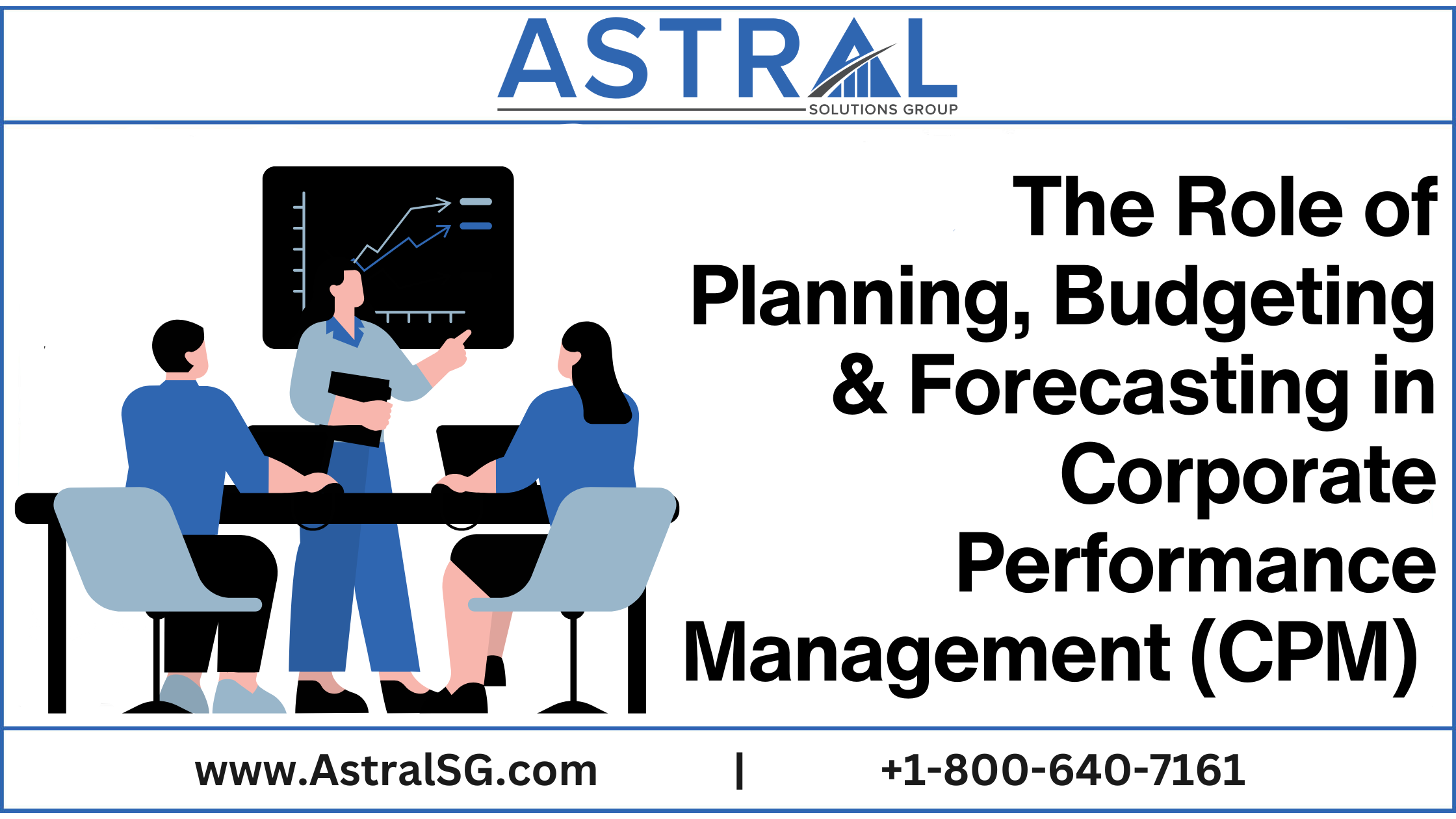
Corporate performance management (CPM) can only achieve a company’s strategic goals, and a successful CPM framework must include planning Budgeting and forecasting. Planning and forecasting directly impact better decision-making and overall business success by facilitating data-driven insights, proactive plans, and quick reactions to market developments.
-
Strategic Alignment:
Effective planning and forecasting can help organizations better match their objectives with practical business aims. Regular forecasting helps businesses set short—and long-term goals that fit their resources, market state and strategic goals. By lowering the possibility of under or overcommitting resources, this alignment helps businesses run more effectively.
-
Making Decisions Based on Data:
Forecasting converts data into valuable insights, enabling executives to make decisions based on accurate estimates rather than gut feelings. With accurate data from past performance and present market circumstances, leaders can predict trends, spot development possibilities, and react swiftly to threats. This agility is essential to keeping a competitive edge.
-
Enhanced Allocation of Resources:
Allocating resources is a critical component of CPM. Planning and forecasting enable the optimization of resource distribution by predicting demands in various departments, projects, or periods. This proactive strategy ensures that resources are allocated to reducing the risk regions that will provide the most value, such as overstocking, resource bottlenecks, or lost opportunities.
-
Risk Management and Contingency Planning:
One advantage of specific forecasting is the capacity to foresee and minimize risks. Planning enables businesses to model potential outcomes for various risk variables by creating contingency scenarios. Thanks to these insights, businesses are better equipped to manage unforeseen events, such as supply chain problems or market disruptions, and can create adaptable strategies.
-
Increasing Stakeholder Confidence:
Accurate planning and forecasting help build trust among stakeholders by proving that a business has a solid understanding of its market and finances. When correct projections and plans are executed successfully, businesses may preserve investor confidence and boost staff morale. Stakeholders’ trust in the company’s future frequently translates into increased support for expansion plans.
Conclusion
The integration of structured planning and forecasting within CPM greatly aids in reaching business objectives. These technologies enable businesses to effectively deploy resources, predict and manage risks, and maintain resilience in volatile markets. Investing in strong planning and forecasting techniques is a wise move for businesses looking to improve performance management, as they have a direct influence on stability and growth.




